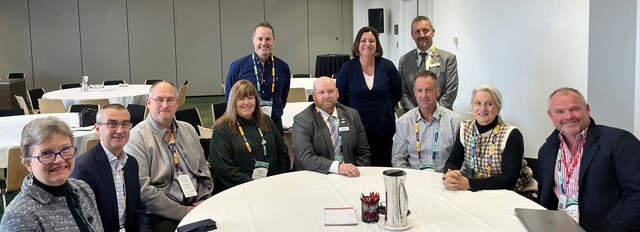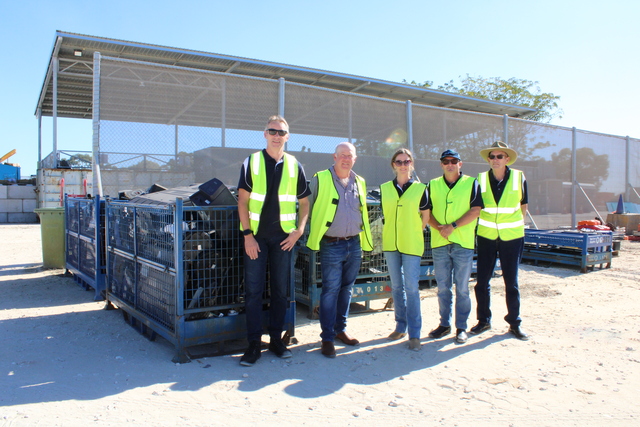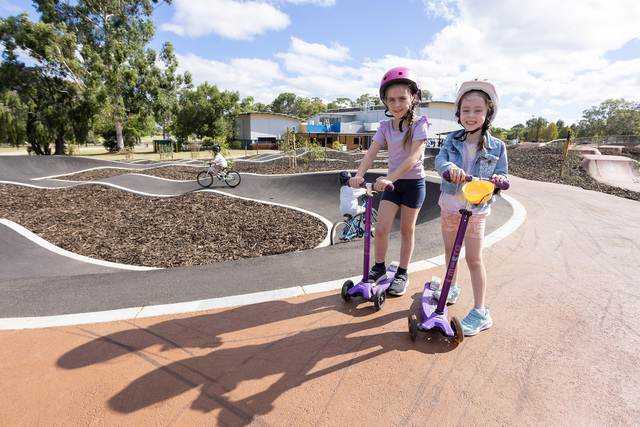The popularity of inner city living has resulted in more people opting for city apartments. In an Australian first, the City of Melbourne, together with RMIT University’s Spatial Information Architecture Laboratory (SIAL), has launched an online virtual apartment. This will provide people with invaluable information on ways to reduce noise in residential properties.
Created using web design and audio software, CitySounds2 allows users to move around the virtual apartment and hear real city sounds. Different components of the apartment, such as the floors, walls and windows can be selected, allowing the user to access information on the design features that can be used to help lessen the impact of noise.
CitySounds2 also includes a series of fact sheets providing accessible, detailed information on acoustic design, sound in city environments and ways to minimise noise in the home.
City of Melbourne’s Deputy Lord Mayor, Gary Singer, said CitySounds2 provides design information to assist architects, builders, developers and residents to minimise noise in residential properties.
“In the past ten years, Melbourne has changed from a business and retail city to a 24 hour centre of business, retail, culture, entertainment and residential activity,” he said. “The CBD has become a complex, high density environment with sometimes competing needs. This rapid growth has brought with it the challenge of noise, managing its source and the impact it has on residents. CitySounds2 is just one way of helping our residents to enjoy city life while managing the impact of common city noises in their homes.”
In an earlier project commencing in August 2004, the City of Melbourne launched the CitySounds Community Survey, which was an online community based sound survey where users moved around a virtual Melbourne and responded to questions about the common city sounds they heard. The aim of this survey was to:
- investigate the awareness and perceptions people had toward typical sounds heard in the CBD
- see if complaints about particular sounds Council received were indicative of what the wider population perceived as annoying
- demonstrate how Council and educational institutions based in the city can work together effectively on projects that help ensure Melbourne remains one of the world’s most livable cities.
A total of 668 individuals responded to the CitySounds survey, providing almost 3,940 opinions on typical soundscapes heard throughout the CBD. Some 94 per cent of respondents indicated that reducing the level of sound entering their homes would improve their lives.
For further information contact Rachel Edwards at the City of Melbourne on (03) 9658 9475.








